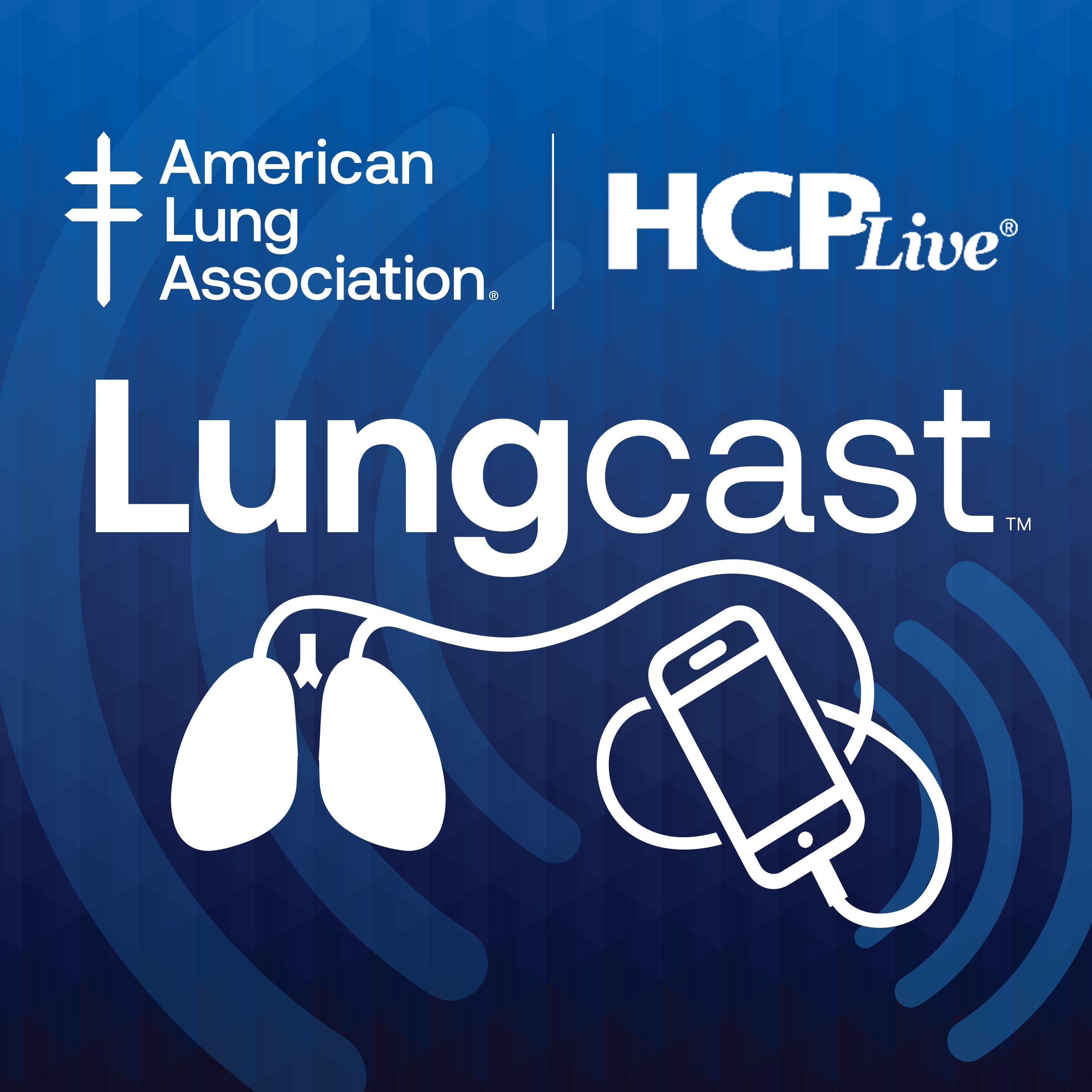Article
Inconclusive Evidence Found on Sleep Medicine Efficacies
Author(s):
Benzodiazepines, eszopiclone, zolpidem, and zopiclone had higher efficacies than melatonin, ramelteon, and zaleplon for insomnia disorder.
Franco De Crescenzo, MD

While there are plenty of options available to treat patients with insomnia disorder, there are conflicting and unclear reports on the individual efficacies of these treatments.
A team, led by Franco De Crescenzo, MD, Department of Psychiatry, University of Oxford, estimated the comparative effectiveness of pharmacological treatments for acute and long-term treatment of adult patients with insomnia disorder.
Behavioral, cognitive, and pharmacological interventions are all effective treatments for insomnia. However, due to inadequate resources, medications are generally the favored treatment worldwide.
In the systematic review and network meta-analysis, the investigators explored various databases to identify published and unpublished randomized controlled trials up to November 25, 2021.
The Studies
Included in the analysis were studies comparing pharmacological treatments or placebo as monotherapies for adult patients with insomnia disorder.
The investigators assessed the certainty of evidence using the confidence in network meta-analysis (CINeMA) framework.
The team sought primary outcomes of efficacy, treatment discontinuation for any reason and due to side-effects specifically, and safety for both acute and long-term treatments.The investigators also used pairwise and network meta-analysis with random effects to estimate summary standardized mean differences and odds ratios.
Overall, they identified and included 170 trials with 47,950 participants in the systematic review, as well as 154 double-blind, randomized controlled trials with 44,089 participants in the network meta-analysis.
Comparing Treatments
The acute treatments included in the analysis were benzodiazepines, doxylamine, eszopiclone, lemborexant, seltorexant, zolpidem, and zopiclone. These treatments were more efficacious than placebo (SMD range, 0.36–0.83; CINeMA estimates of certainty, high to moderate).
The investigators also discovered that benzodiazepines, eszopiclone, zolpidem, and zopiclone had higher efficacies in the studies than melatonin, ramelteon, and zaleplon (SMD, 0.27–0.71; moderate to very low).
There were also trends where intermediate-acting benzodiazepines, long-acting benzodiazepines, and eszopiclone had fewer discontinuations due to any cause than ramelteon (OR, 0.72; 95% CI, 0.52–0.99; moderate], OR, 0.70; 0.51–0.95; moderate] and OR, 0.71; 0.52–0.98; moderate], respectively).
On the other side, there were more dropouts caused by zopiclone and zolpidem because of adverse events than placebo (zopiclone: OR, 2.00; 95% CI, 1.28–3.13; very low]; zolpidem: OR, 1.79; 95% CI, 1.25–2.50; moderate).
Zopiclone also caused more dropouts than eszopiclone (OR, 1.82; 95% CI, 1.01–3.33; low), daridorexant (OR, 3.45; 95% CI, 1.41–8.33; low), and suvorexant (OR, 3.13; 95% CI, 1.47–6.67; low).
After looking at individuals who suffered side effects, the investigators found benzodiazepines, eszopiclone, zolpidem, and zopiclone were worse than placebo, doxepin, seltorexant, and zaleplon (OR range, 1.27–2.78; high to very low).
Eszopiclone and Lemborexant were more effective than placebo for the long-term treatments (eszopiclone: SMD, 0.63; 95% CI, 0.36–0.90; very low; lemborexant: SMD, 0.41; 95% CI, 0.04–0.78; very low), while eszopiclone was more effective than ramelteon (SMD, 0.63; 95% CI, 0.16–1.10; very low) and zolpidem (SMD, 0.60; 95% CI, 0.00–1.20; very low).
Eszopiclone and zolpidem also had lower rates of all-cause discontinuation (eszopiclone: OR, 0.43; 95% CI, 0.20–0.93; very low; zolpidem: OR, 0.43; 95% CI, 0.19–0.95; very low) compared to ramelteon.
Zolpidem was linked to a higher number of dropouts because of side-effects than placebo (OR, 2.00; 95% CI, 1.11-3.70; very low).
“Overall, eszopiclone and lemborexant had a favorable profile, but eszopiclone might cause substantial adverse events and safety data on lemborexant were inconclusive,” the authors wrote. “Doxepin, seltorexant, and zaleplon were well tolerated, but data on efficacy and other important outcomes were scarce and do not allow firm conclusions.”
However, the results show some drugs do show promise, but without any viable long-term data.
“Many licensed drugs (including benzodiazepines, daridorexant, suvorexant, and trazodone) can be effective in the acute treatment of insomnia but are associated with poor tolerability, or information about long-term effects is not available,” the authors wrote. “Melatonin, ramelteon, and non-licensed drugs did not show overall material benefits. These results should serve evidence-based clinical practice.”
The study, “Comparative effects of pharmacological interventions for the acute and long-term management of insomnia disorder in adults: a systematic review and network meta-analysis,” was published online in The Lancet.





